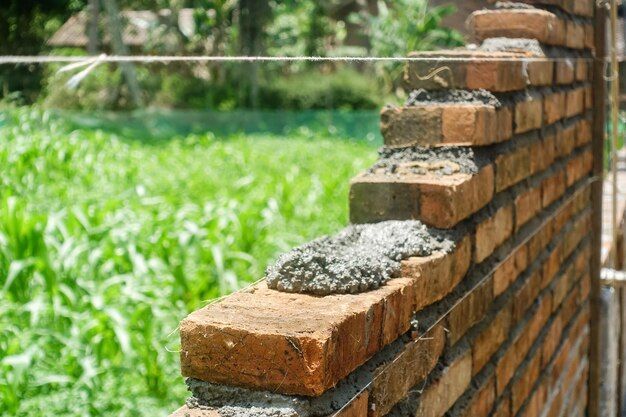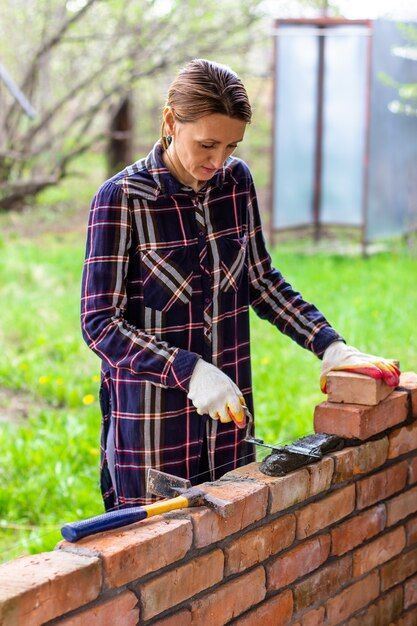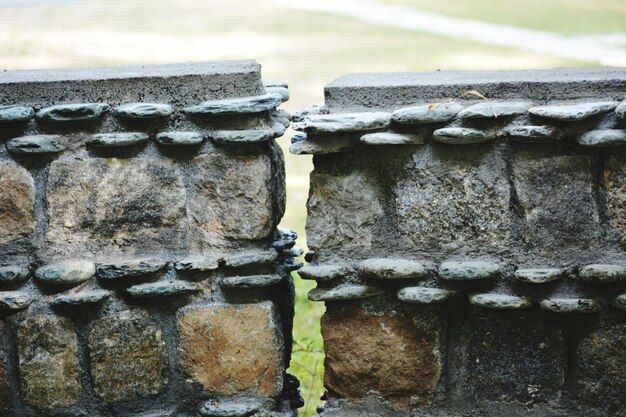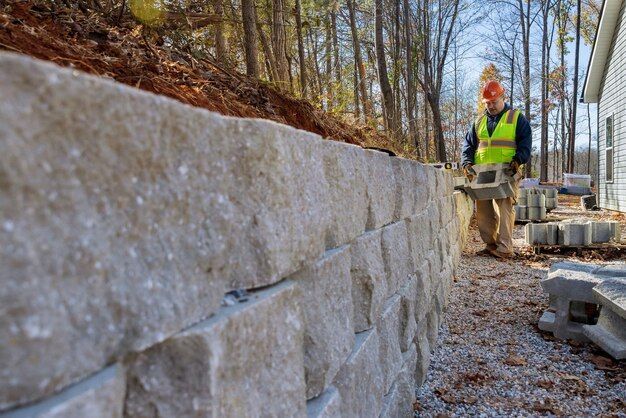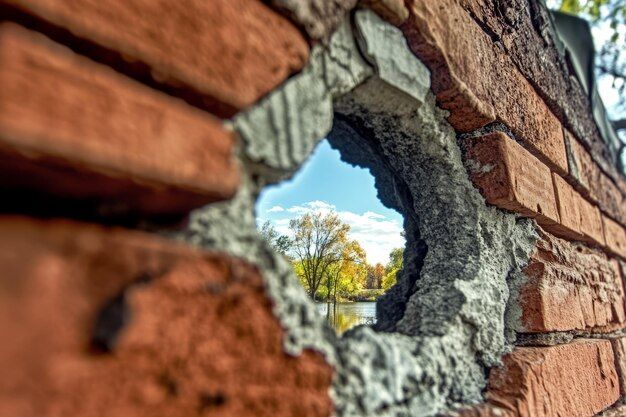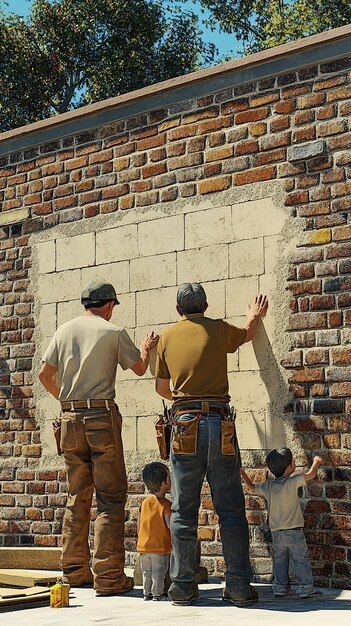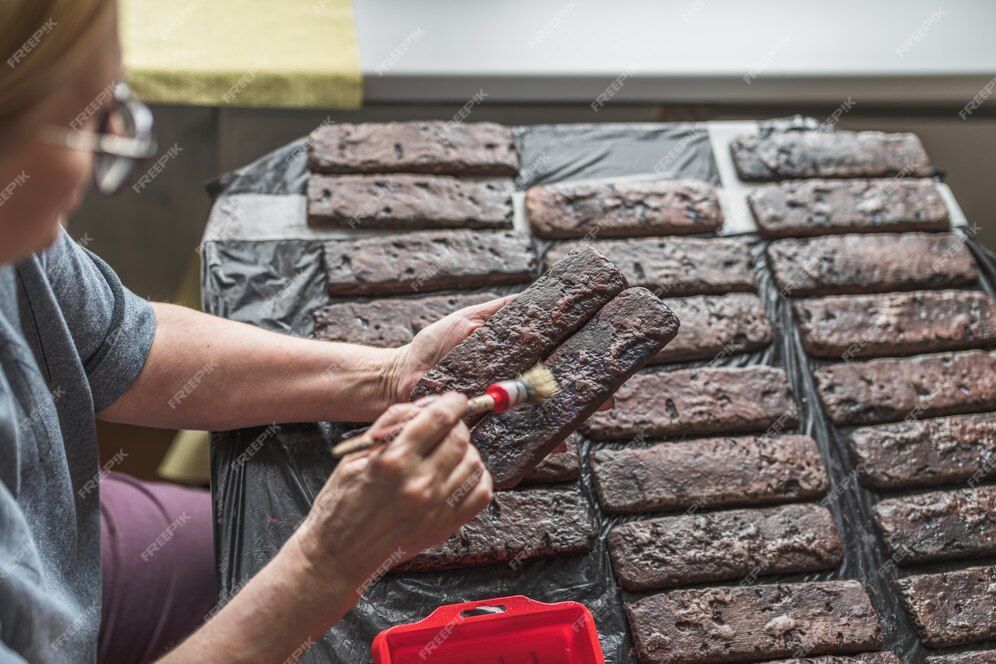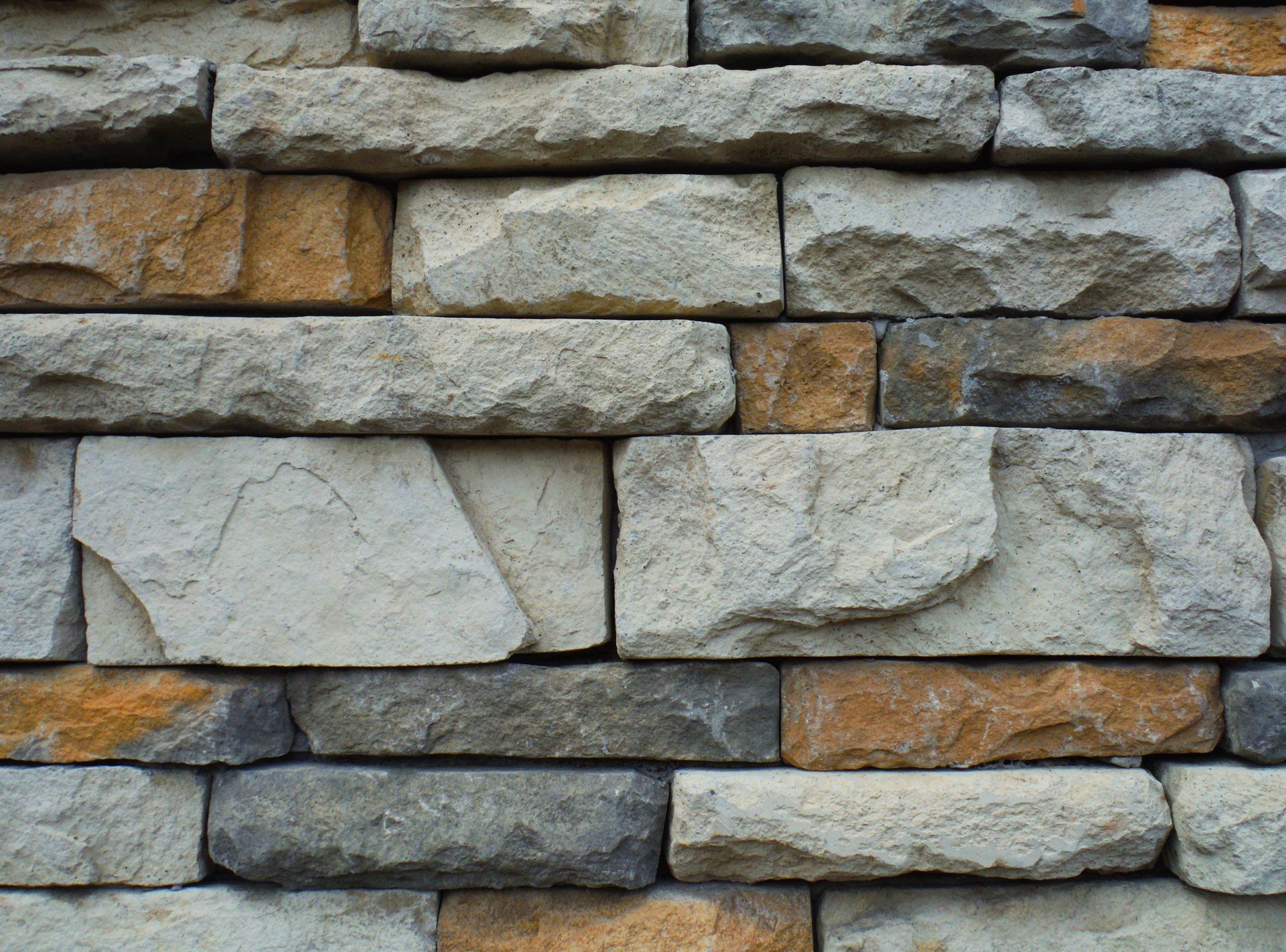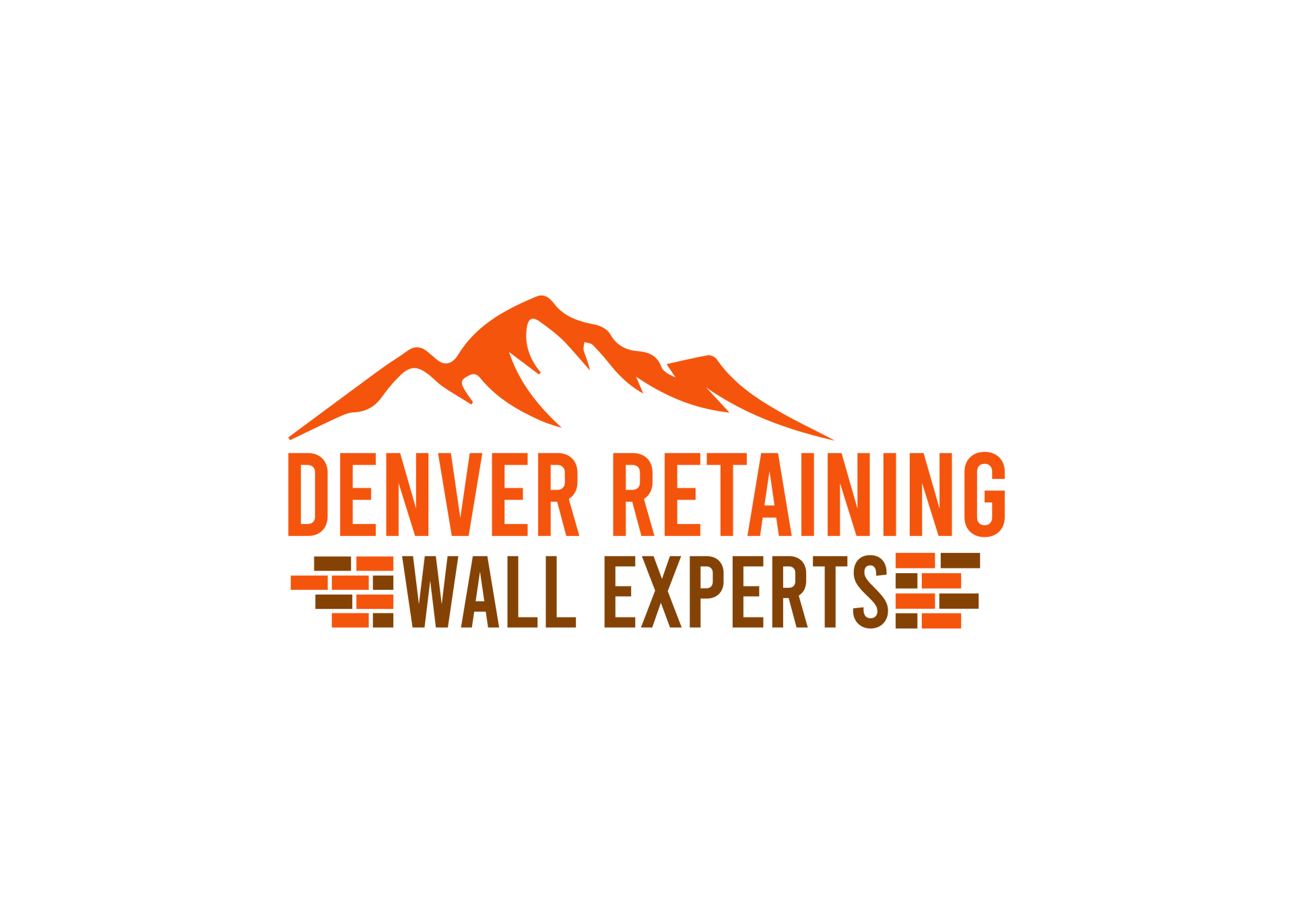Top Materials for Retaining Walls in Denver: Pros and Cons
Retaining walls are a functional and practical element of a man-made landscape, whether it is built to reduce hazards and prevent potential environmental danger or it is to enhance and create usable space out of uneven terrain.
There are different styles and types of retaining walls, and depending on the scope of your build and preferred design, so do your materials.
Let’s explore the top materials you can choose for your
Denver retaining wall and their respective pros and cons.
Concrete
Concrete, with its durability and versatile attributes in construction, has proven itself to be one of the top materials to be used in many different building projects, retaining walls being one of them. There are 2 common ways to use concrete for this build: poured concrete and pre-cast concrete.
Poured Concrete
Pros
:
- Durable and long-lasting.
- Flexible when it comes to design.
- It is low maintenance and doesn’t need frequent upkeep.
Cons
:
- Pricier than other materials and would need professional installation.
- Tends to look more industrial than natural if not properly finished.
Concrete Blocks
Pros
- Easier to install especially if the blocks are interlocking.
- More affordable compared to poured concrete.
- Has a variety of shapes and designs to choose from.
Cons
- Not as durable as poured concrete.
- Can look more unnatural in comparison to stone or timber.
Natural Stone
Using natural stone for your retaining wall can give you the essence of a more natural-looking wall. This material is often used in other retaining wall types such as in Gabion baskets, Ripraps, and more. Natural stones are chosen to be incorporated in walls that are more integrated with nature by wholly using natural elements to aid in ground holding.
Pros
- Aesthetic appearance because of its classic and timeless style.
- This can increase your property value.
- Stone is a long-lasting material, solid and durable.
Cons
- Expensive in both labor and material.
- Needs professional installation.
- Will need a solid foundation due to the material’s weight.
Stone Veneer
This material is thin slices of natural stone that are placed on the surface of a structure or our retaining wall to give it that natural look. It is a decorative element that can also be manufactured to mimic the design of various stones.
Pros
- Gives the aesthetic appearance of natural stone at a lower cost.
- Compared to natural stone, stone veneers are easier to install and handle.
- Versatile in application so it can be added to different kinds of surfaces.
Cons
- Not as durable as natural stone.
- This material would need solid back support to help in the installation process.
- It may need frequent maintenance to uphold its visual appeal.
Brick
Brick is a material in design that delivers an old-age style to any structure. When used on a retaining wall this incorporates a classical touch to an otherwise environmentally functional structure.
Pros
- Creates a traditional and attractive appearance.
- Bricks are generally fire-resistant so the risk of burning is very low, this feature adds safety to your build.
- Can be long-lasting when properly installed and maintained.
Cons
- It can be expensive especially when the bricks used are custom-made.
- Needs professional installation.
- A good drainage system behind the wall is required to prevent damage.
Treated Timber
Treated timber is one of the popular materials for a retaining wall because of its affordability, easier installation, and natural appearance. These woods are treated with preservatives to protect them from decay, deterioration, and insect damage, allowing the material to be classified as not only aesthetic but also durable.
Pros
- More affordable than concrete and natural stone.
- Easier to handle and install.
- Very well integrated into designs that are one with nature
Cons
- Requires regular maintenance to keep up with its appearance and prevent decay and deterioration.
- Has a shorter lifespan in comparison to stone and concrete.
- Although this material is as close as it gets to a more natural essence like stone, the treatment could cause harm due to the chemicals used in preserving them.
Gabion Baskets
Gabion baskets include stone or other hard materials inside their wire in their design. This type of retaining wall is flexible, and durable with very good integration with the environment around them due to its natural materials and appearance.
Pros
- Very good permeability and drainage qualities, this feature lessens the pressure of water behind the wall.
- Durability and strength are the core qualities of Gabion Baskets.
- The galvanized or PVC-coated steel wire is very resistant to weathering, rust, and deterioration.
Cons
- Because of the size of gabion baskets, they might take more space than other retaining wall types and may be bulkier and space-consuming for small spaces.
- The industrial look of gabion baskets may not appeal to everyone
- In particularly harsh environments, the wire mesh can corrode and would need to be frequently checked on and maintained.
Segmental Retaining Wall Blocks
Also known as modular blocks besides segmental retaining wall blocks, these are precast concrete blocks that are designed specifically for retaining walls because they interlock and are dry-stacked without the need for mortar.
Pros
- Installation is easier because of the dry-stacking feature of segmental retaining blocks, reducing intensive labor.
- Segmental retaining blocks are made of concrete, making them durable and long-lasting.
- The aesthetic appearance and variety of design make them a good choice to incorporate into commercial and residential designs.
Cons
- Higher initial cost.
- Will require good site preparation for better stability.
- Requires professional installation.
More information about why retaining walls are important in Denver homeowners!
